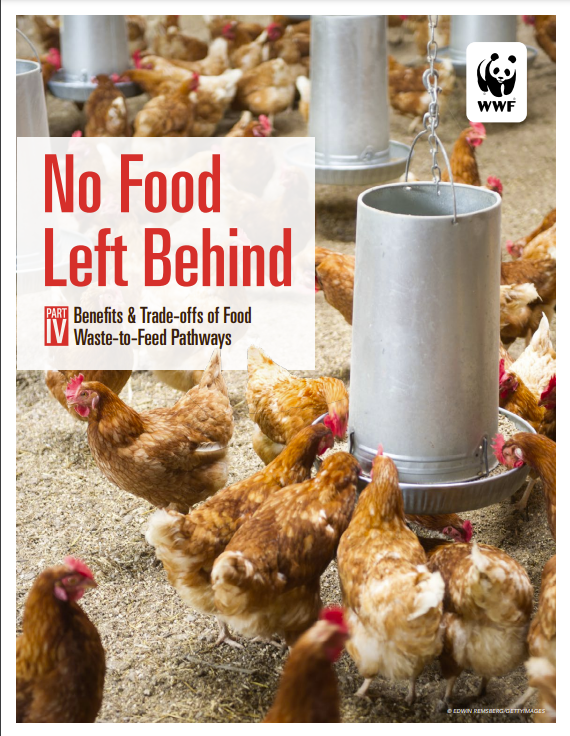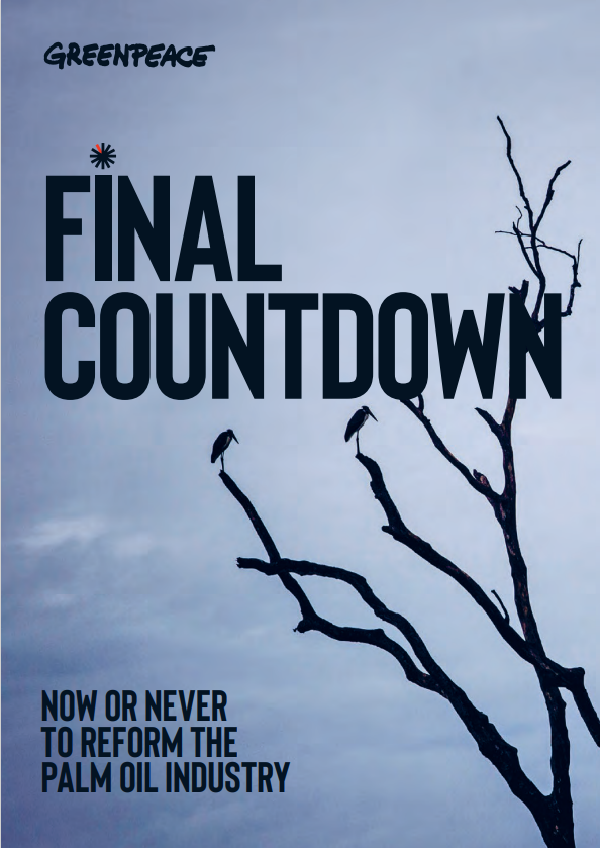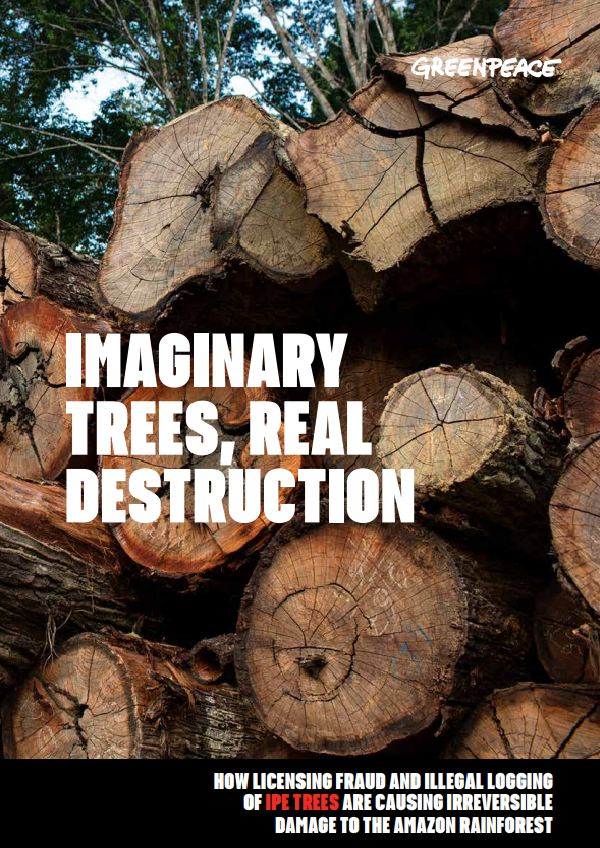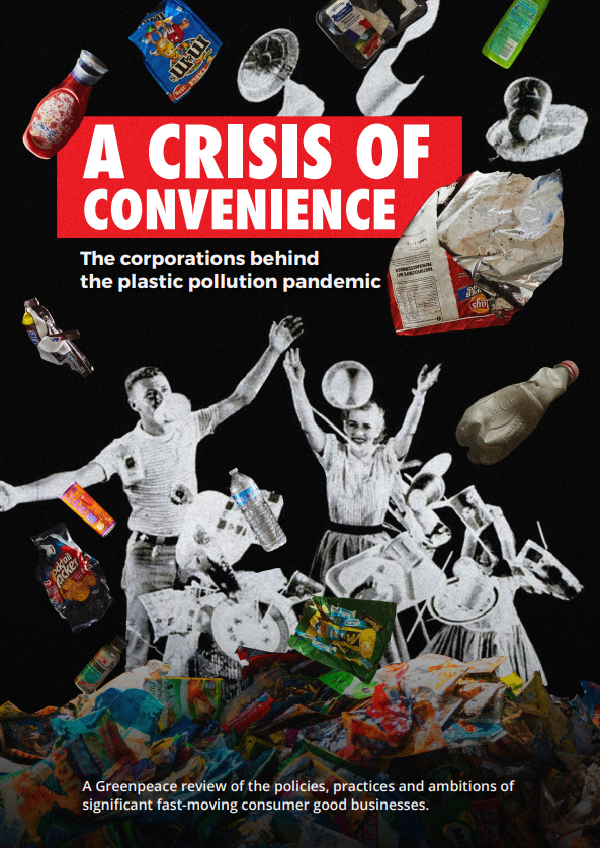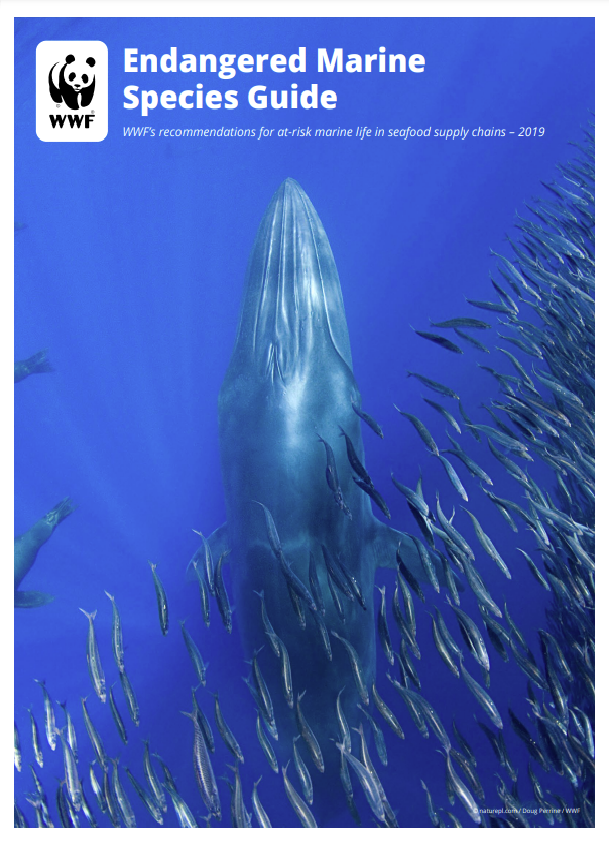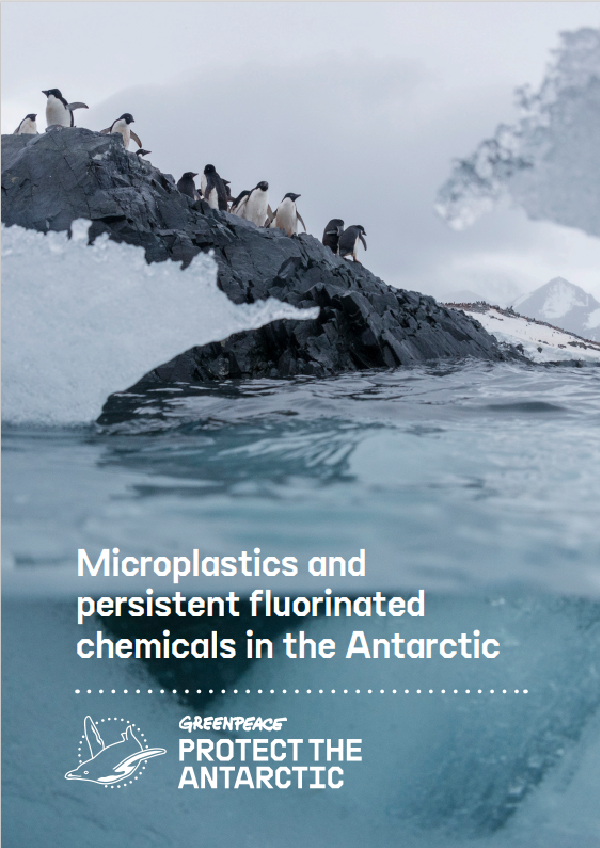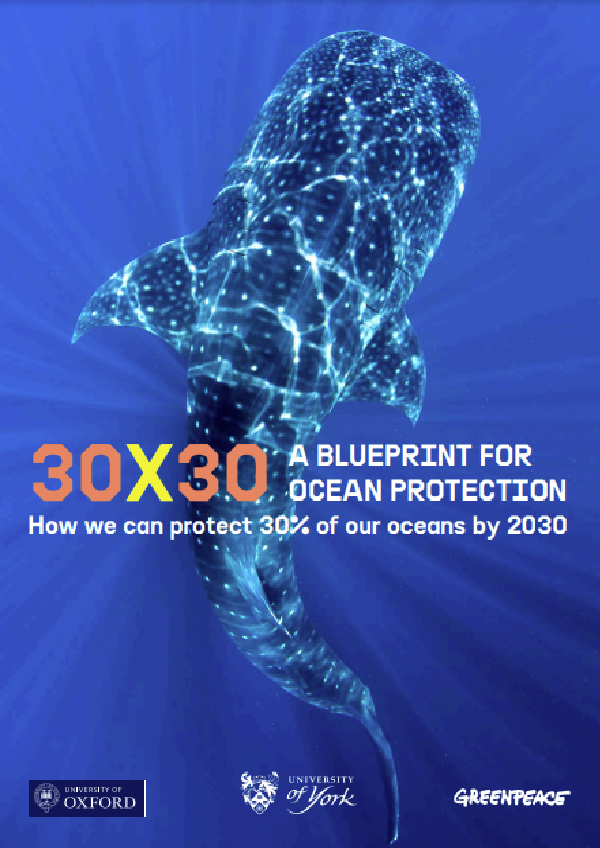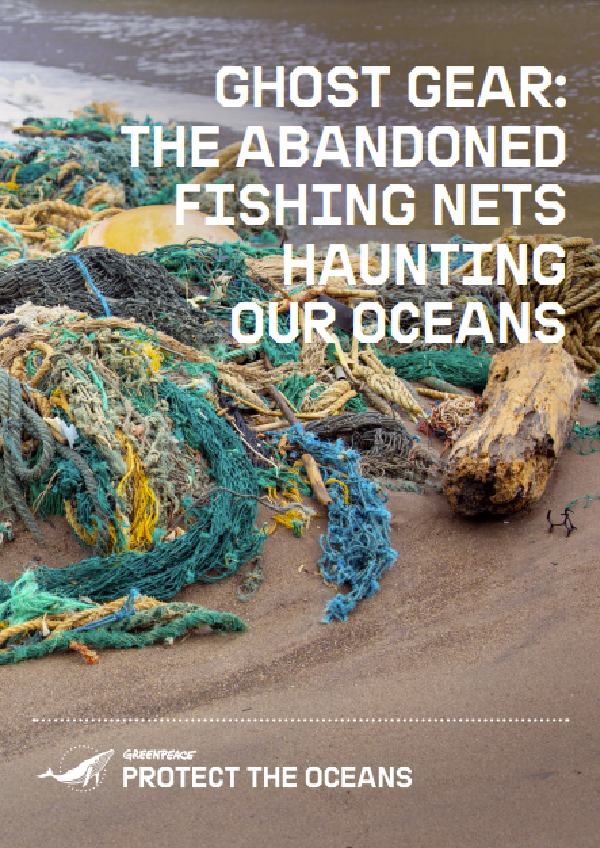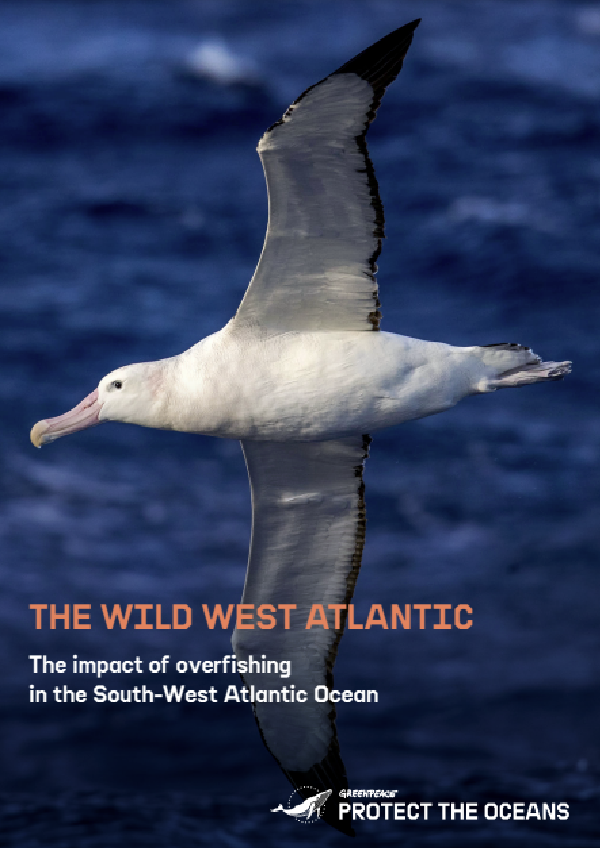As part of its No Food Left Behind series, WWF, in partnership with Quantis, Penn State University, and with support and data sharing from several other farms, universities, and retailers, explored three different pathways of transforming food waste into feed for egg-laying hens and compared them to standard feed production.
The purpose of the research is to examine the environmental impacts, benefits, and tradeoffs of how more waste would get turned into livestock feed to create more circular food systems.
Meat, milk, and eggs play an important role in global food security, but they also have a large environmental footprint. While livestock have a place in maintaining and conserving both natural and agricultural landscapes, the feed production systems supporting them contribute to disrupted biochemical and hydrological cycles, greenhouse gas (GHG) emissions, water pollution, soil erosion, land conversion, and other forms of environmental degradation. To stop further degradation of natural resources and the conversion of existing grasslands and forests, production of livestock and animal feeds must be brought in line with local carrying capacities and the ecological boundaries of our planet. Increasing the use of by-products, co-products, lost and wasted food, as well as novel feed ingredients, provides one potential opportunity to help achieve this balance.
Globally, co-/by-products from crop production and waste from food supply chains constitute nearly 30% of global livestock feed intake (Mottet, et al. 2017). Additionally, in the US, roughly 10% of surplus food (7.66 M tons) is already sent to animal feed (ReFED 2021). Roughly half (3.7 M tons) of this is coming from the manufacturing sector with another large contingent from grocery retail (1.8 M tons). While animal feed is a leading end-of-life option for some of these sectors, there are still roughly 14.7 M tons of food waste going to landfill. This contributes to the 20% of total US methane emissions coming from waste management (US Environmental Protection Agency 2021) that could be going to a highervalue use, such as animal feed (ranked third on US EPA’s Food Recovery Hierarchy), which is an age-old practice that deserves renewed attention using 21st century technology and practices. It’s important to note that total food waste generation estimates in the US are much higher (more than 27.6 M tons annually in the US, ReFED, 2020), but we have estimated that only 14.7 M tons could effectively be used for waste-to-feed pathways due to issues of post-consumer contamination and viability of the feedstock.
The shift away from feeding animals food scraps towards feeding them commodity crops has contributed to improved yield, feed conversion, and production efficiency, so re-incorporating byproducts and wastes must be done appropriately to maintain these gains. High-producing livestock require high quality nutrition, and current genetic stocks utilized in the U.S. were developed using corn and soy as base ingredients. Thus, replacing these highly nutritious ingredients with alternatives is not a simple one-to-one substitution, and must be done carefully. Alternative feed ingredients must meet the nutritional requirements of the animal, and nutritionists need to know their quality, nutritional profile, and potential interaction between ingredients. They will also have to be produced with a consistent quality, availability, and scale over time at a reasonable cost to be viable for livestock producers.
